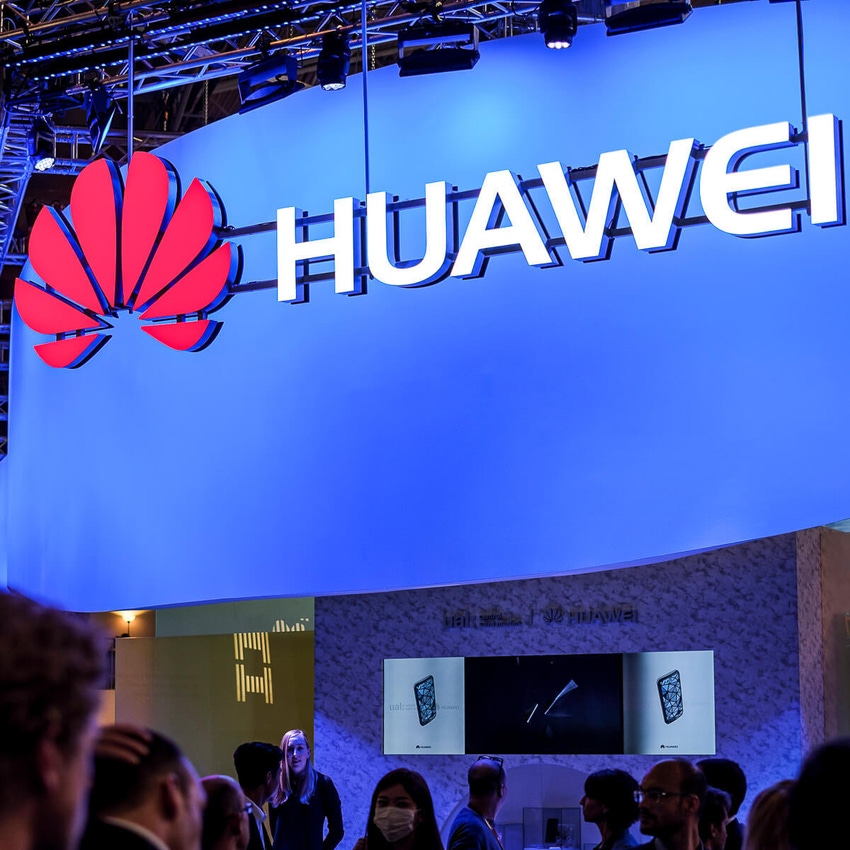Huawei's two main business units are suffering and the company relied mainly on divestments for higher profits.

US-imposed technology and market access bans are weighing heavily on Huawei, with its two main business units shrinking in 2021.
Total revenue plummeted 29% to 636.8 billion yuan (US$99.9 billion), with the core carrier equipment business down 7% and the enterprise unit up just 2%, the Chinese vendor revealed Monday.
The biggest impact is being felt by the once high-flying device unit, which lost almost half its revenue following the disposal of its Honor handset business and the evaporation of market share after being denied access to leading-edge chips.
Thanks to the sale of Honor and its x86 server business, however, net profit spiked 76% to 114 billion yuan ($17.8 billion).
Figure 1:  Huawei's two main business units shrunk in 2021.
Huawei's two main business units shrunk in 2021.
(Source: Karlis Dambrans on Flickr, CC 2.0)
The privately held company didn't reveal the amount received from the sale of the assets, but reported an additional 60.1 billion yuan ($9.4 billion) from extraordinary income.
Huawei's full-year numbers showed some gains from internal belt-tightening, including a 12% rise in gross margin. Yet even though it managed to carve 9 billion yuan ($1.4 billion), or 3%, out of operating expenses, total costs as a proportion of revenue ballooned from 29% to 39%.
CFO Meng Wanzhou told journalists Huawei had increased some prices and had reaped the benefit of tighter management of its supply chain.
The company enjoyed growth in its wearables business, where the number of users of its watches and fitness bands had topped 100 million, and in cloud services.
'Fight for survival'
Rotating chairman Guo Ping said Huawei would "continue our fight for survival" in 2022.
He said despite the sharp fall in topline revenue, the company had maintained its spending on R&D, up 0.5% to 143 billion yuan ($22.4 billion).
"In the future our ability to survive and thrive depends on ongoing heavy investment in R&D," he said.
Guo said Huawei aimed "to reshape" three areas of the ICT industry – fundamental science, system architecture and software.
"Because some materials and processes are withheld from us, we have to use alternative means to achieve the same functionality on a given product."
He cited as an example the use of multicore architecture to improve performance and extract more life out of existing chips.
Want to know more about 5G? Check out our dedicated 5G content channel here on Light Reading.
"When we're not able to access very advanced processes we hope through these alternative means we are able to maintain competitiveness of our products," he said.
Guo said the company was not planning to build its own chip manufacturing fabs, but he expected to "see more companies participate in this market."
Related posts:
— Robert Clark, contributing editor, special to Light Reading
Read more about:
AsiaAbout the Author(s)
You May Also Like











